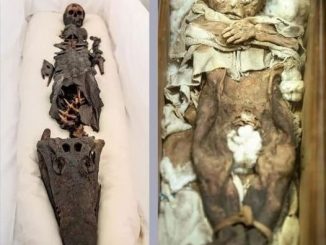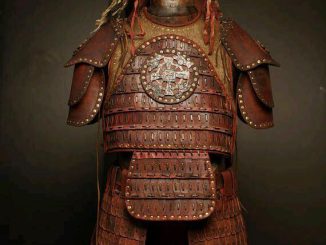The golden treasure called the Broighter Hoard was found at the site of Lough Foyle, near Limavady in Northern Ireland in the late 19th century. Its discoverers could not believe their eyes when they made this amazing discovery. The treasure is now on display at the National Museum of Ireland and the Ulster Museum in Belfast has copies. These beautiful artifacts continue to be symbols of ancient Irish culture.
A wonderful discovery
The amazing treasure has been underground for centuries. But one day in February 1896, Thomas Nicholl and James Morrow were double plowing (raking in turns to increase depth) when they discovered the treasure. The gold treasure was found 35 cm (14 inches) underground.
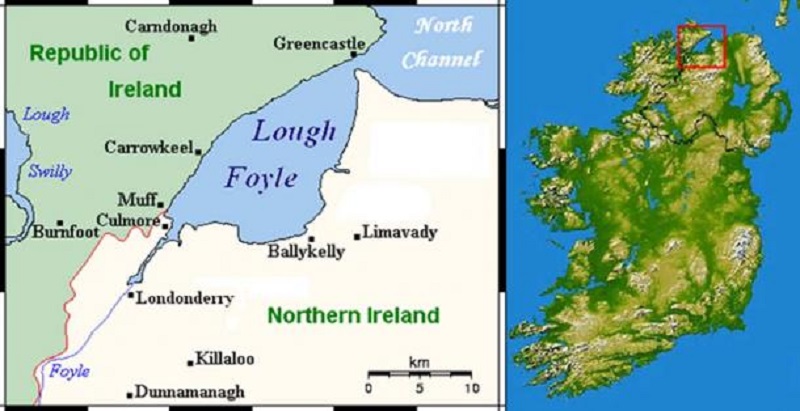
Map showing the location of Lough Foyle. (Public domain)
They brought the treasure back to their farm and Thomas Nicholl’s future wife, Maggie, laundered it. At that time, they still did not know that they were holding a golden treasure in their hands. When they finally realized the value of the treasure, all the most precious items were taken by their employer. JL Gibson sold the treasure to a local antique store, while another part of the treasure was sold by Morrow’s sister to a jeweler.
Finally, part of the hoard was sold to the British Museum for £600. The artifacts date back to the 1st century BC. They have caused conflicts between museums and institutions for several decades.
A shining Iron Age ship
The treasury includes some impressive artifacts. The most surprising of them all was a gold boat weighing 85 g (3 ounces). The ship is 18.4 cm (7.25 inches) long and 7.6 cm (3 inches) wide, has two rows of nine oars, benches, a rudder with oars for steering, and an oar lock (oar lock). Although researchers initially did not pay much attention to this artifact, over time, they discovered that the boat was the key to unlocking the mystery of the treasure. It seems that the treasure was a votive offering to a god, perhaps the god Manannan mac Lir – the famous master of the sea.
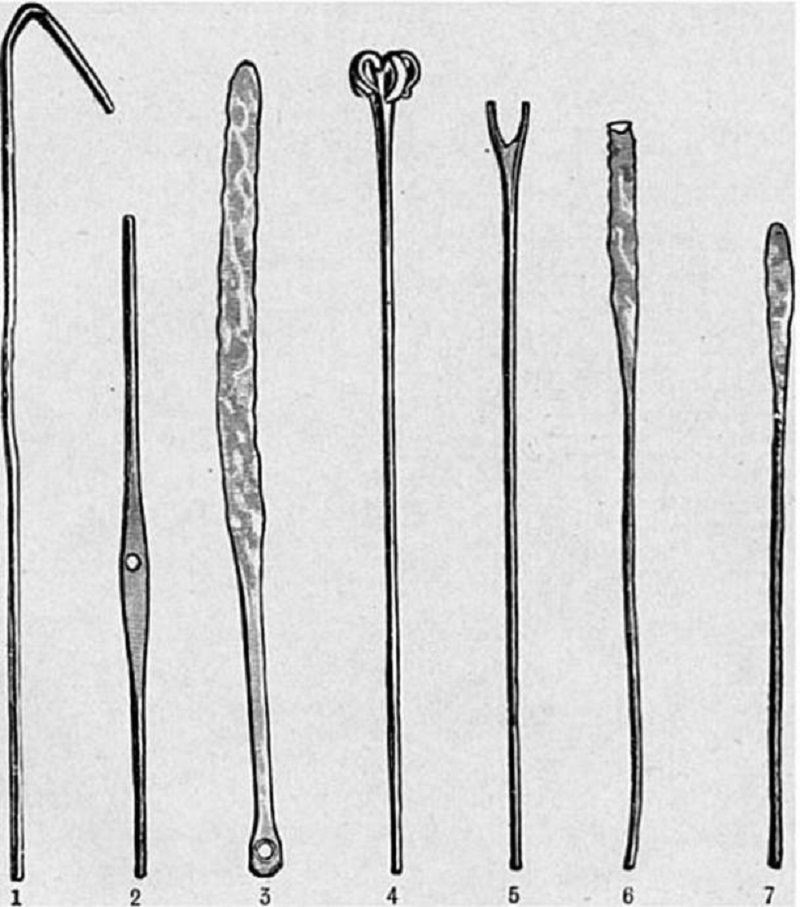
The smaller parts make up the model of the boat. 1. Boat hook 2. Mast yard 3. Steering oar 4. Small iron 5. Fork tool 6. Square-headed oar 7. Oar. (Public domain)
A bowl is another interesting item in the hoard. This artifact is very rare because it is a model of a cauldron and is made from a single piece of gold. The cauldron’s use remains uncertain, but it may have been another part of the votive hoard – cauldrons were traditionally important elements of pre-Christian rituals. The one discovered in the Broighter hoard was 5.1 cm (2 inches) deep and 8.9 cm (3.5 inches) in diameter.
Furthermore, two whorls made of gold bars were excavated in the same place, as well as two chain necklaces made with typical Roman or Middle Eastern (but not Celtic) techniques. .). This technique is called looping. All the goods hint at the reason behind the hoarding, but the impressive gold neck ring is the final piece of the puzzle.
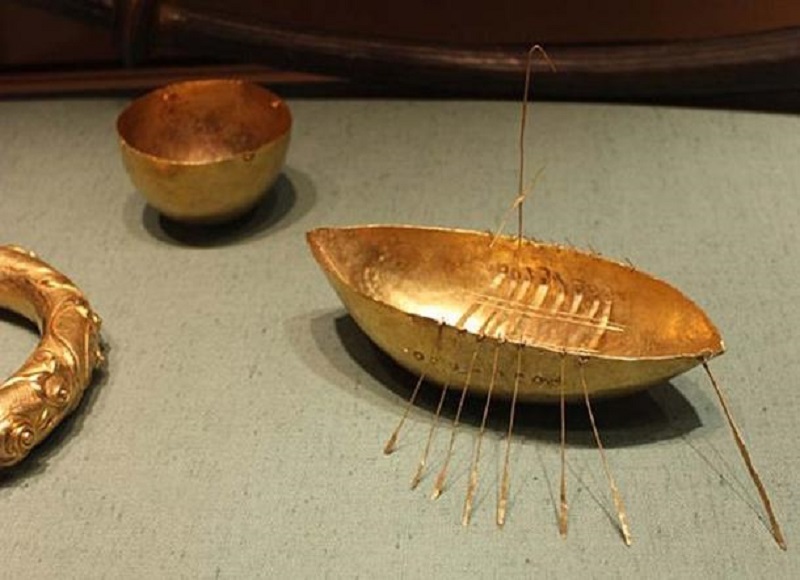
The boat, the bowl and part of the torch. ( CC BY-SA 3.0 )
An astonishing Torc provides the answer
A large tubular antique ornament has a special place among golden treasures. The roundabout is 19 cm (7.5 inches) in diameter. It is decorated with notched and raised ornaments and has padded ends (flat ends). Horse and bird motifs appear on the artifact, which is unique due to its traditional association. It is believed that necklaces like these are associated with Celtic gods and kings. This entry answers the question of why someone would bury treasure. It also suggests that the treasure may be linked to the sea god Manannan mac Lir.
John Sutton’s Manannán mac Lir sculpture at Gortmore. ( CC BY-SA 2.5 )
As Richard Warner explains:
“Once we accept the possibility that the treasure was a ritual offering to the sea god, several things are worth noting. First, the presence in the hoard of the model boat is significant, as are the non-Irish elements (loop chains). We can assume that merchants were foremost among those who needed the appeasement of the sea god. In early Irish mythology, the chief deity associated with the sea was Manannan mac Lir -Manannan ‘son of the sea’ – an Irish (not necessarily Celtic) equivalent to the Roman Neptune and Greek Poseidon. In 1981, I think I was the first person to suggest that he was the god to whom the treasure was dedicated. In fact, this god was first acknowledged by L. Horton-Smith, a ‘friend of the court’ in 1903 in response to Farwell’s question as to whether such a thing existed in god. Irish Sea or not. Manannan was the main pagan god of the Irish underworld, of water and legions, and was said to have possessed a giant cauldron – this is reminiscent of the model cauldron in the hoard. Later Irish Christian monks, who wrote down pagan stories, claimed he was an ancient merchant who lived on the Isle of Man.”
Broighter’s treasure still holds some mystery, but researchers believe they are ready to answer most questions about it. However, it should be remembered that some of the artifacts in the hoard have been lost.
Torch and bowl. (Public domain)
Ireland’s golden treasure
Currently, the treasure has been recognized as a national treasure. Its gold pieces are one of the most important symbols of Ireland’s ancient history. The story of the god from the Isle of Man and the treasure no one expected to find is one of the most amazing stories in Irish archaeology.



